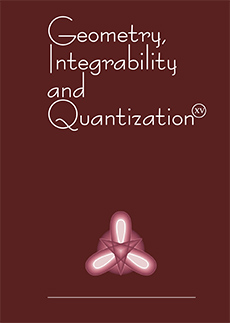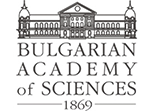Abstract
This article is a survey which presents the essential ideas of “Observer Theory”, a formal theory of perception, developed since the late 80’s by Bruce Bennett and Donald Hoffman (both at U.C. Irvine) and myself. First I present the structure of an observer and one type of a framework, within which interactions between observers may be studied. Then I discuss the kinds of dynamics that can arise from such a framework, and how the dynamics can give rise to higher-level or “specialized” observers. Finally I indicate briefly what this says about “true” perception (i. e., perception adapted to the “world” the observer framework is in) and some possible ramifications which could lead to a deeper understanding of the origin of quantum systems and measurement theory. The general reference for this work is Bennett, Hoffman and Prakash [1].
Information
Digital Object Identifier: 10.7546/giq-2-2001-265-279


